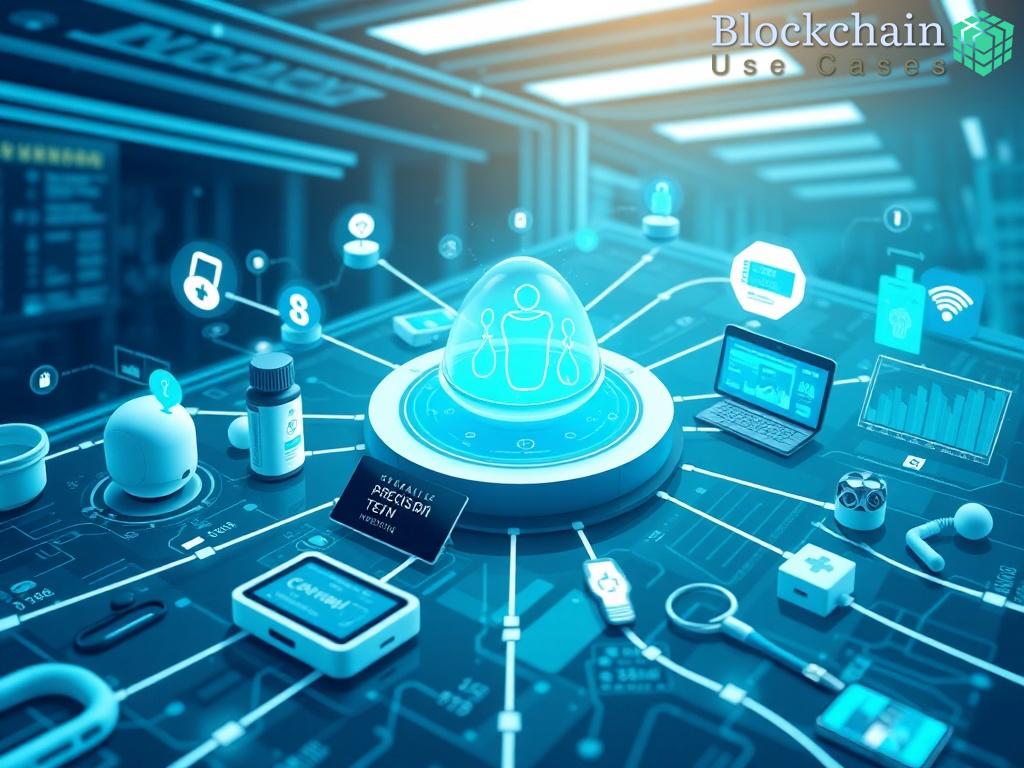Revolutionizing Environmental Data Collection
![]()
In an era where environmental concerns are becoming increasingly critical, the integration of blockchain technology with IoT (Internet of Things) devices presents a groundbreaking opportunity for transparent environmental monitoring. By facilitating the seamless collection and sharing of data from various sensors deployed in nature, this innovative approach not only enhances the accuracy of environmental assessments but also fosters trust among stakeholders.
Imagine a world where air quality, water levels, and soil health can be monitored in real-time, with all data securely recorded on a decentralized ledger. This vision is now within reach, thanks to the synergistic power of IoT and blockchain.
Benefits of Combining IoT and Blockchain
The convergence of IoT and blockchain technologies offers a myriad of advantages that contribute to more effective environmental monitoring systems. Below is a detailed list of the key benefits:
- Data Integrity: Blockchain ensures that data collected from IoT devices remains tamper-proof, providing a trustworthy source of information.
- Real-Time Monitoring: IoT devices can transmit data continuously, enabling immediate response to environmental changes.
- Decentralization: With no single point of failure, blockchain technology protects against data loss and enhances resilience.
- Enhanced Collaboration: Shared access to data fosters cooperation among researchers, policymakers, and the public.
- Cost Efficiency: By automating data collection and verification processes, operational costs can be significantly reduced.
These benefits illustrate how the integration of these technologies can lead to more informed decision-making and proactive measures in environmental protection.
Case Studies: Pioneering Projects in the Field
Several innovative projects have already begun to explore the intersection of blockchain and IoT in environmental monitoring. From smart cities to conservation initiatives, here are a few noteworthy examples:
- Smart Waste Management: Utilizing IoT sensors, cities can monitor waste levels in real-time, while blockchain tracks the waste disposal process, ensuring accountability and efficiency.
- Water Quality Monitoring: Projects that deploy IoT devices in rivers and lakes can provide real-time data on contamination levels, with blockchain ensuring the data’s integrity and public access.
- Air Quality Tracking: IoT sensors can measure pollutants in the atmosphere, with blockchain providing a transparent record for regulatory compliance and public awareness.
As these case studies demonstrate, the practical applications of this technology not only enhance environmental monitoring but also promote community engagement and responsibility.




